[About 3 hours from Tokyo by Shinkansen + Limited Express] Local gourmet food and more to try in Murakame City, Niigata Prefecture
![[About 3 hours from Tokyo by Shinkansen + Limited Express] Local gourmet food and more to try in Murakame City, Niigata Prefecture](https://resources.matcha-jp.com/resize/720x2000/2024/08/15-192592.webp)
Murakami City, located in the northernmost part of Niigata Prefecture, is a "treasure trove of food" with a unique food culture. Murakami City is full of gourmet foods that can only be tasted here, such as "salmon" that has been eaten since the Heian period and "Murakami beef", a brand of beef.
-
Table of Contents
- Murakami's Three Great Festivals
- Town walking event
- Enjoy it all year round! Head to Murakami City's festivals and events
- How to get to Murakami City, Niigata Prefecture
Murakami's Three Great Festivals
The three major festivals in Murakami are the Murakami Festival (Important Intangible Folk Cultural Property), the Senami Festival, and the Iwafune Festival (Niigata Prefecture Intangible Folk Cultural Property). Each festival is a "traveling ritual" in which the spirit of the shrine that governs the area is transferred to a portable shrine and paraded around the town, but the floats (commonly known as oshigiri) that parade around the town with the portable shrine are gorgeous and decorated differently, making it seem as if you are looking at a glittering picture scroll of the times.
Murakami Festival

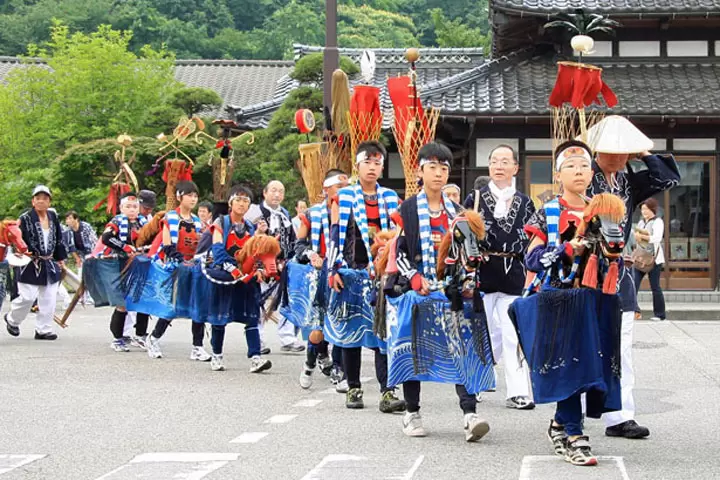
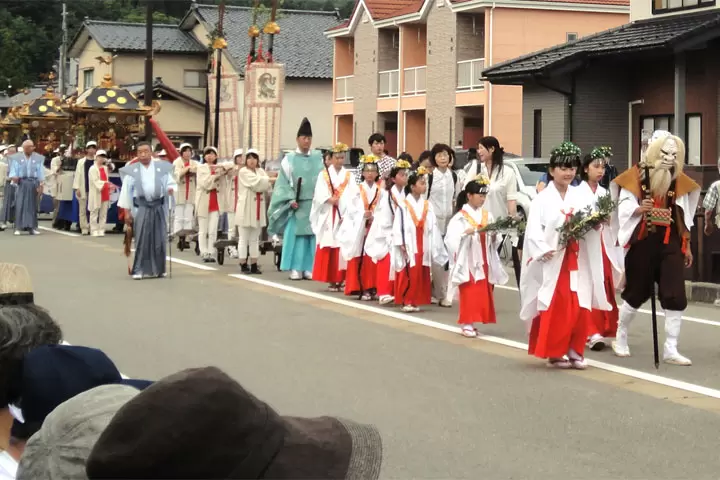
The Murakami Grand Festival, the main festival of which is held every year on July 7th, is a festival of Nishinayama Haguro Shrine. The three deities enshrined at Nishinayama Haguro Shrine are transferred to three portable shrines, which are then paraded around the town of Murakami over the course of a day. The highlight of this festival is the 19 gorgeous floats. In 2018, the festival was recognized as an Important Intangible Folk Cultural Property as the "Murakami Festival Float Event." Other must-sees include the 14 Wild Horses and the Children's Procession.
Senami Festival
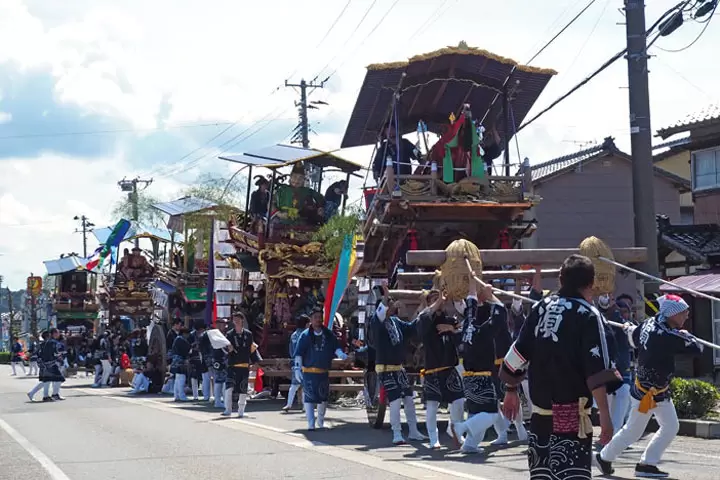
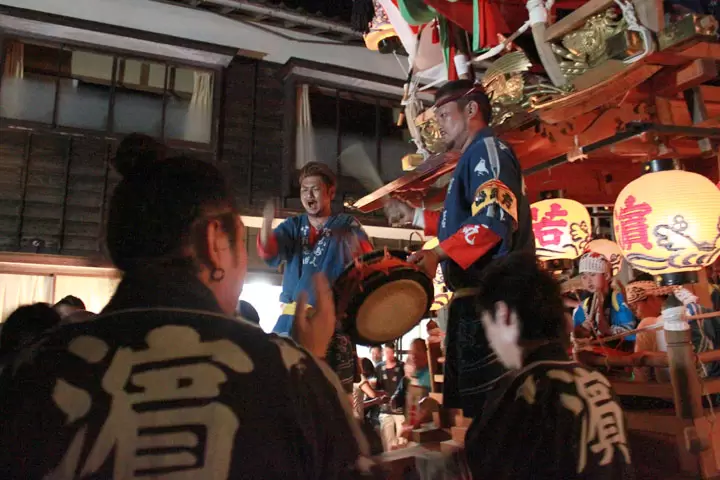
The main festival of Nishinamiya Shrine, the Senami Grand Festival, is held every year on September 4th. The spirited floats pulled around the port town of Senami and the kiyari songs that liven up the festival are fast-paced and energetic. The climax of the festival, when the floats gather at the bottom of the hill in Senamihama-cho, run up the hill one by one in front of Nishinamiya Shrine and sing the kiyari songs, is sure to move you.
Iwafune Festival

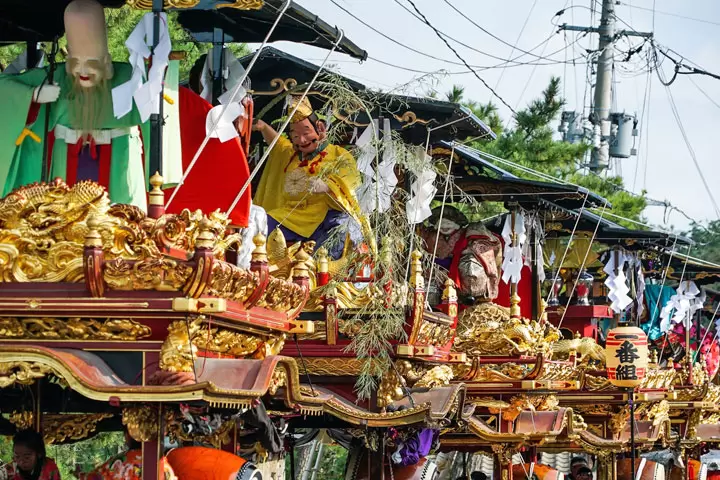
The final festival of Murakami's three major festivals, the Iwafune Festival, takes place every year on October 19th. It is a festival of Iwafune Shrine, which governs the region, and is also an autumn festival to express gratitude for all the livelihoods in the port town of Iwafune, including fishing. The nine floats are decorated with gold leaf and lacquer, making them very glittering. The spirited floats pulled around, befitting a port town, are also well worth a look.
Town walking event
Murakami City was once a castle town, and even today the four main elements of a castle town remain: castle ruins, samurai residences, town houses, and temple town. By exploring these areas, you can feel the charm of the town even more. Murakami City holds town walking events three times a year for a period of about one month. The town walking events introduced below are free to attend, so please feel free to join us.
A tour of the dolls in the town houses of Murakami Castle Town
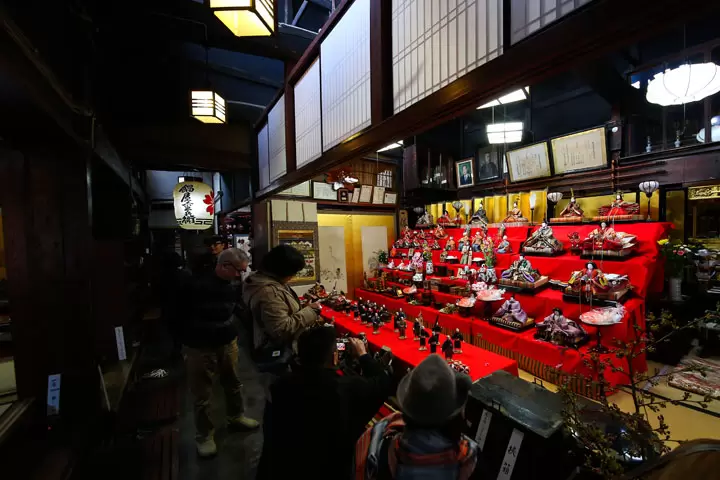

The "Castle Town Murakami Machiya Doll Tour" (sponsored by the Murakami Machiya Merchants Association), held every year from March 1st to April 3rd, is an event where you can tour participating stores (machiya, shops, private homes, etc.) scattered throughout Murakami City and the old town of merchants, and see the "dolls" (hina dolls, warrior dolls, clay dolls, etc.) and folk tools that have been cherished by the families for generations. You can stroll through the old town of merchants in the early spring, tour the interiors of Murakami's traditional town houses, and enjoy interacting with the people of the town.
A tour of 100 spring gardens in the castle town of Murakami
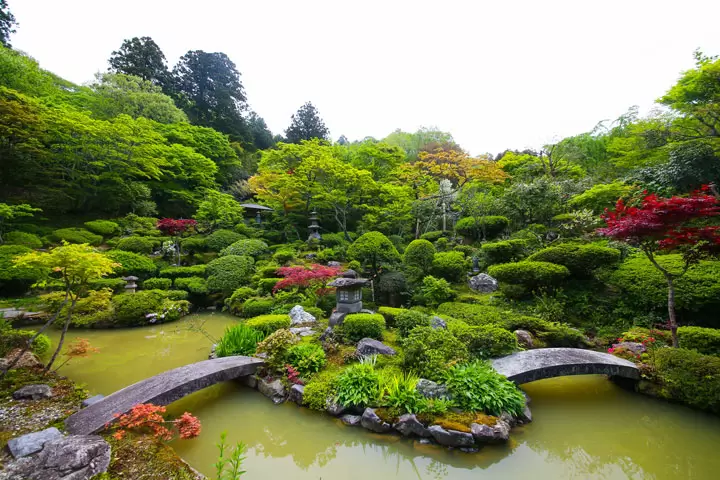
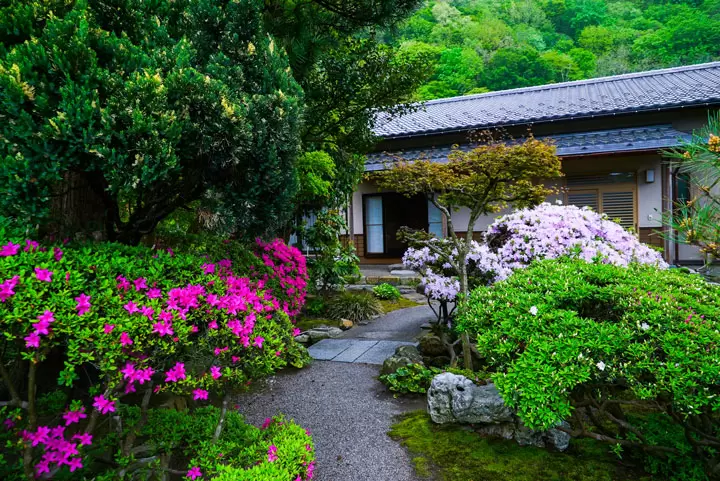
The "Castle Town Murakami 100 Spring Garden Views Tour" (sponsored by the Castle Town Murakami Garden Association) is held every year from May 1st to 31st. It is an event touring the castle town area of Murakami city in May when new buds are sprouting and the area is dazzlingly green, and to enjoy the gardens (front gardens, courtyards, small gardens, hedges, etc.) of temples, shrines, townhouses, and private homes, as well as trees, flower beds, and wildflowers. The rapidly growing trees and flowering trees change appearance every moment, making it an event that you will want to return to many times during the event period.
Castle Town Murakami Townhouse Folding Screen Festival
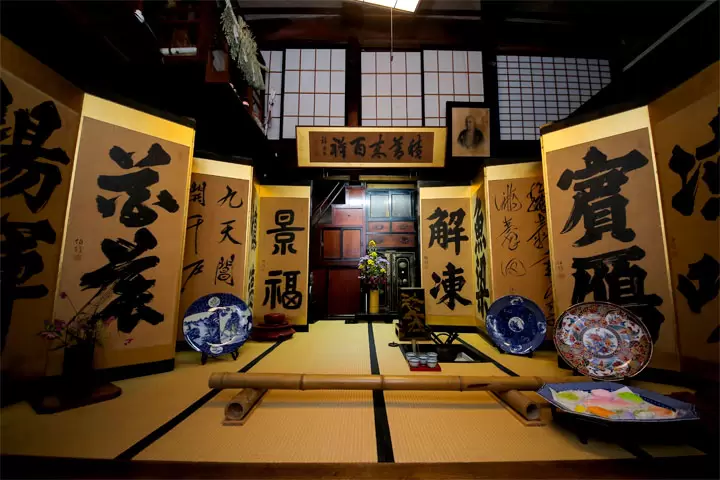
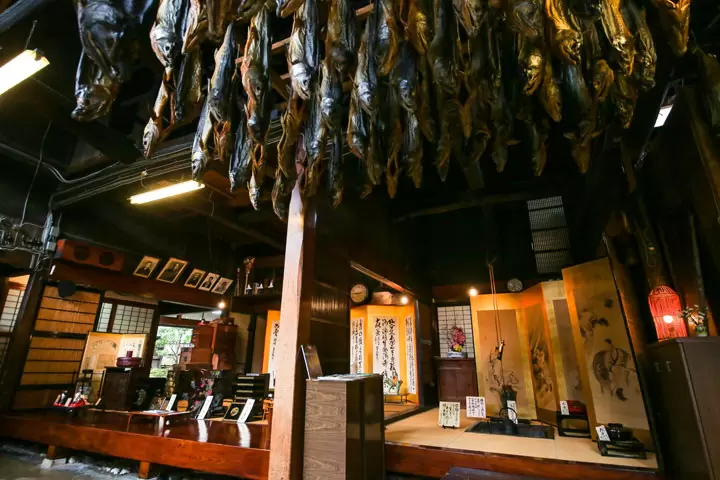
The Castle Town Murakami Machiya Folding Screen Festival (sponsored by the Murakami Machiya Merchants Association) is held for one month from September 15th to October 15th every year. Participating stores (shops and individuals) scattered throughout the old town of merchants erect folding screens, which are rarely displayed these days, and display folk items such as Murakami woodcarving lacquerware to entertain visitors. Please also take a look inside the town houses, which are usually difficult to enter.
Enjoy it all year round! Head to Murakami City's festivals and events
Rokusai Market
![[About 3 hours from Tokyo by Shinkansen + Limited Express] Local gourmet food and more to try in Murakame City, Niigata Prefecture](https://resources.matcha-jp.com/resize/720x2000/2024/08/20-193272.webp)
This historic morning market has been in operation since 1919, and is known as the "Kitchen of Murakami Citizens," as it is packed with fresh produce, seafood, and other items. The seasonal vegetables and fruits grown by local farmers are especially popular. It is held on the 2nd and 7th of every month.
*Closed on July 7th and January 2nd (open on July 5th and December 30th instead)
Antique Market at Enma-do Temple
![[About 3 hours from Tokyo by Shinkansen + Limited Express] Local gourmet food and more to try in Murakame City, Niigata Prefecture](https://resources.matcha-jp.com/resize/720x2000/2024/08/20-193273.webp)
This is an open-air antique market that is held on the fourth Sunday of every month from March to October. There are many antiques, such as tools, old cloth, and toys that have stood the test of time. By the way, an old wooden statue of Enma is enshrined in the Enma Hall that stands on the approach to Jurinji Temple. Please be sure to visit.
Osudo Noh (Regular Noh/Takigi Noh)

"Osudo Noh", which is handed down in Osudo village, Murakami city, is a descendant of Kurokawa Noh (Important Cultural Property) which is handed down in Tsuruoka city, Yamagata prefecture, and every year on the Noh stage in the grounds of Yasaka Shrine in Osudo village, a regular Noh performance is held on April 3rd and a Takigi Noh performance is held on August 15th (both are free to watch). The actors and musicians are also local people of Osudo village, and the performance is full of nostalgia.
Live Sakura Festival

There are about 120 weeping cherry trees planted in Nakatsugi village in Murakami city, and they usually reach their peak viewing time from mid to late April. The Nakatsugi Sakura Festival, held every year in late April, is held mainly in a special venue (the village's gateball court), and stage events and local product sales are held under the cherry blossoms in full bloom. During the festival, the trees are also lit up, so you can enjoy the cherry blossoms at night.
Senami Onsen Konkon Festival
![[About 3 hours from Tokyo by Shinkansen + Limited Express] Local gourmet food and more to try in Murakame City, Niigata Prefecture](https://resources.matcha-jp.com/resize/720x2000/2024/08/20-193275.webp)
This festival was held to celebrate the eruption of Senami Onsen in 1904 (Meiji 37). The "Fox God," who announced the eruption of the hot spring by making a sound, leads a parade through Senami Onsen town, followed by floats. It is held every year on April 29th (Showa Day).
Murakami City Omakuba Tea Ceremony
![[About 3 hours from Tokyo by Shinkansen + Limited Express] Local gourmet food and more to try in Murakame City, Niigata Prefecture](https://resources.matcha-jp.com/resize/720x2000/2024/08/20-193287.webp)
Omakuba is a pine forest that stretches from Iwafune to Shioya in Murakami City, and it is said that during the Edo period, the lord of Murakami and his retainers would set up tents here and hold outdoor banquets. The Murakami City Omakuba Tea Ceremony is an outdoor tea ceremony that recreates the atmosphere of the past. It is held every year on a Sunday in late May.
Fujimoto Shrine Summer Purification Ceremony
![[About 3 hours from Tokyo by Shinkansen + Limited Express] Local gourmet food and more to try in Murakame City, Niigata Prefecture](https://resources.matcha-jp.com/resize/720x2000/2024/08/22-193542.webp)
"Natsugoshi" is a purification ceremony held at shrines all over Japan on June 30 every year. It is said that by following the proper etiquette and passing through a large straw ring set up in the shrine grounds, you can be purified of the last six months' worth of impurities. Several shrines in Murakami City hold this event, but Fujimoto Shrine's Natsugoshi Oharai is held on an especially grand scale.
Lion Dance and Kagura Dance

The "lion dance" is characterized by the dynamic dance performed by three lions. The "kagura dance" is said to have originated from the kagura dance dedicated at the annual festival of Dewa Shrine (Tsuruoka City, Yamagata Prefecture), and has a history of about 300 years. It is held every year from early July to late August in each village in the Arakawa district of Murakami City.
Murakami City Fireworks Festival in the Clear Stream Arakawa

This is a summer festival in the Arakawa district of Murakami City, and takes place every year on the first Friday of August with a pre-festival (featuring folk songs, a portable shrine procession, and outdoor stalls in front of JR Sakamachi Station) and a fireworks display (on the Arakawa riverbank) on the following Saturday.
Iwafune Tanabata Festival
![[About 3 hours from Tokyo by Shinkansen + Limited Express] Local gourmet food and more to try in Murakame City, Niigata Prefecture](https://resources.matcha-jp.com/resize/720x2000/2024/08/22-193551.webp)
This is a folk event held every year on August 6th in the Iwafune district of Murakami City during the Obon festival (Obon held according to the lunar calendar). A horse made from a perennial grass called makomo is decorated and placed on a thatched boat to welcome the spirits of ancestors.
Murakami Tanabata Festival
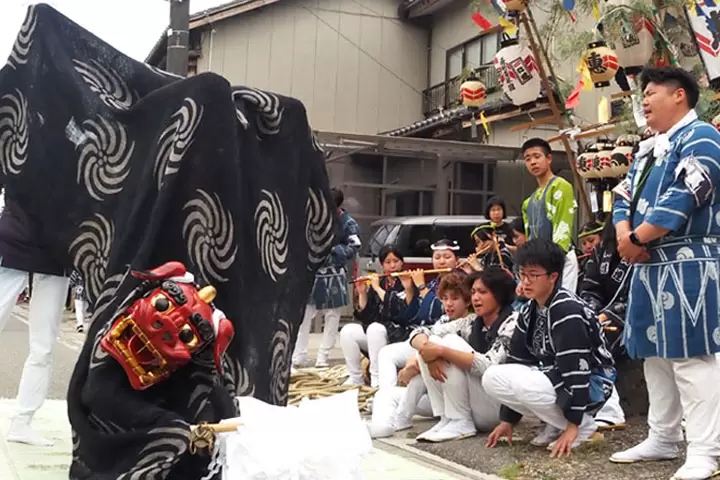
This festival is held every year on August 16th and 17th, and is mainly attended by young people in their teens and twenties. They parade Tanabata floats and perform lion dances at the doors of houses and shops that have given gifts. Each lion dance has its own characteristics, such as one performed by a single lion or two performed by a pair of lions.
Shioya Festival
![[About 3 hours from Tokyo by Shinkansen + Limited Express] Local gourmet food and more to try in Murakame City, Niigata Prefecture](https://resources.matcha-jp.com/resize/720x2000/2024/08/22-193589.webp)
This festival is held in Shioya village, Murakami city, which flourished as a port of call for Kitamae ships, and is the annual autumn festival of Shiogama Shrine. It is held every year on September 20th, and a portable shrine is carried through the streets lined with gabled houses, typical of a port town, for the entire day.
Murakami Evening Bamboo Lantern Festival
![[About 3 hours from Tokyo by Shinkansen + Limited Express] Local gourmet food and more to try in Murakame City, Niigata Prefecture](https://resources.matcha-jp.com/resize/720x2000/2024/08/22-193595.webp)
Around 20,000 handmade bamboo lanterns are displayed and lit with candles placed inside, centering around Kurobei Street (Anzenkoji), a street lined with black wooden fences exuding a sense of history. At restaurants and temples around the venue, Japanese drums and local musicians perform, and a fantastical time flows by beneath the flickering light of the bamboo lanterns in the dark. It is held on the second Saturday and Sunday of October every year.
Iguriami fishing in the Miomote River
![[About 3 hours from Tokyo by Shinkansen + Limited Express] Local gourmet food and more to try in Murakame City, Niigata Prefecture](https://resources.matcha-jp.com/resize/720x2000/2024/08/22-193597.webp)
Salmon swim upstream in the Miomote River, which flows north of Murakami City, every year from late October to early winter. To catch them, various fishing methods are practiced on the Miomote River, including urai fishing (where salmon are placed in a drop basket at the end of a fence (urai) that spans the entire width of the river), the traditional Iguriami fishing method, and Tenkara fishing. Iguriami fishing, in which salmon are caught from riverboats, can only be seen here on the Miomote River. It can usually be viewed from October 21st to around the end of November.
Echigo Murakami Salted Salt Road
![[About 3 hours from Tokyo by Shinkansen + Limited Express] Local gourmet food and more to try in Murakame City, Niigata Prefecture](https://resources.matcha-jp.com/resize/720x2000/2024/08/22-193600.webp)
Salted salmon is one of the dishes that represent Murakami's salmon culture. In the past, every household would make it and in early December, it would be hung under the eaves of houses, making it a typical winter scene in Murakami. The "Echigo Murakami Salmon Salt Road" is an event that recreates the scene of those days by hanging salted salmon under the eaves of shops and private homes from Komachizaka to Shonai-cho in Murakami City. It is held every year from December 1st to 20th.
How to get to Murakami City, Niigata Prefecture
By plane
There are direct flights to Niigata Airport from major airports in Japan.
●Osaka (Itami, Kansai International) → Niigata Airport...approx. 65 minutes ●Nagoya (Komaki) → Niigata Airport...approx. 60-65 minutes ●Hokkaido (New Chitose, Okadama) → Niigata Airport...approx. 75-100 minutes
Please take the limousine bus (approximately 25 minutes) from Niigata Airport to JR Niigata Station.
There is also the "Senami Onsen Direct Liner" (reservation required) that connects Niigata Airport to Murakami and Senami Onsen.
By train
Please take the Shinkansen from major cities in Japan to Niigata Prefecture (Niigata City).
●Tokyo Station → (Joetsu Shinkansen) → Niigata Station ... Approximately 2 hours ●Shin-Osaka Station → (Tokaido Shinkansen) → Tokyo Station → (Joetsu Shinkansen) → Niigata Prefecture ... Approximately 4 hours and 30 minutes
Please take the Uetsu Main Line from Niigata City to Murakame City.
●Niigata Station → (Uetsu Main Line) → Murakami Station ...
How to get around Murakami city
The old town area, where old streetscapes remain, is about 2km away from JR Murakami Station, and takes about 20 minutes on foot, making it a good distance for a stroll. Other transportation options include taxis, circular buses, and rental bicycles.
Murakami City, located at the northern tip of Niigata Prefecture, has a townscape full of historical atmosphere centered around the ruins of Murakami Castle, as well as the scenic beauty of the Sasagawa Nagare, which boasts a splendid seascape, mountains, rivers, and countryside that bring bountiful blessings, and Senami facing the Sea of Japan. You can spend quality time relaxing in the hot springs while watching the sunset. There are many delicious dishes that can only be tasted in Murakami, such as salmon dishes such as ``salted salmon'', Murakami beef, and Koshihikari rice from Iwafune. We will introduce you to the charms of Murakami, a city of history, tradition, rich nature, and gourmet food.
The contents on this page may partially contain automatic translation.



![[About 3 hours from Tokyo by Shinkansen + Limited Express] Come and see the "Dolls" in Murakami City, Niigata Prefecture!](https://resources.matcha-jp.com/resize/200x2000/2024/02/08-165936.webp)
![[About 3 hours from Tokyo by Shinkansen + Limited Express] A trip to Murakami, Niigata to encounter a garden filled with the joy of spring and fresh greenery](https://resources.matcha-jp.com/resize/200x2000/2025/04/08-230457.webp)
![[About 3 hours from Tokyo by Shinkansen and Limited Express] Tour Murakami City, Niigata Prefecture, and admire traditional folding screens in autumn](https://resources.matcha-jp.com/resize/200x2000/2024/06/28-185415.webp)
![[Approximately 3 hours from Tokyo by Shinkansen + express train] Salmon fishing using traditional fishing methods begins in Murakame City, Niigata Prefecture.](https://resources.matcha-jp.com/resize/200x2000/2023/10/11-148293.webp)
![[3 hours from Tokyo by Shinkansen + limited express!] "Echigo Murakami Sake Shiobiki Kaido" will be held in Murakami City, Niigata Prefecture! See the traditional food, salted salmon, being lowered](https://resources.matcha-jp.com/resize/200x2000/2023/11/15-152469.webp)





























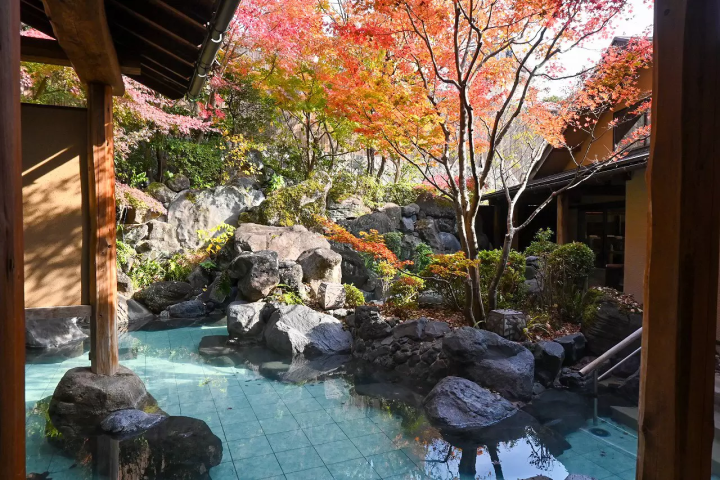
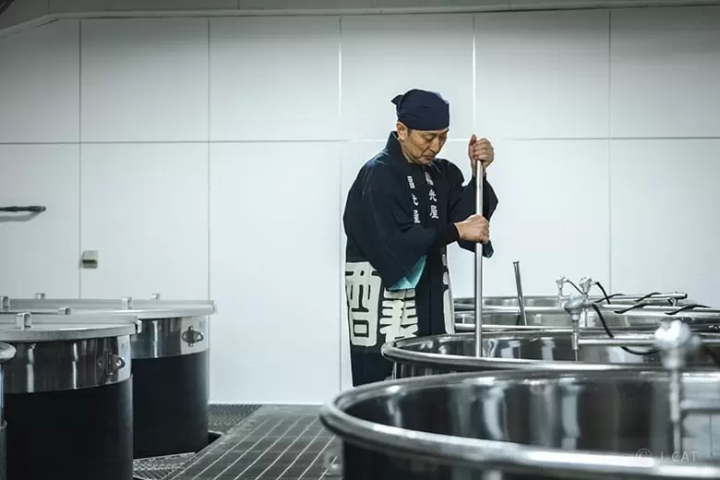
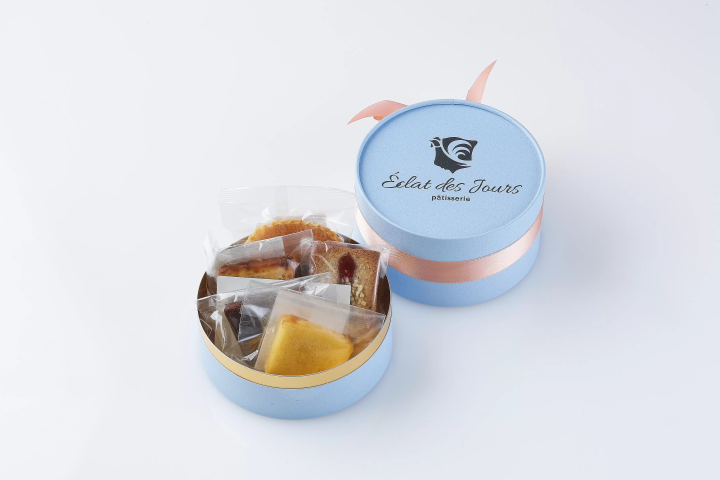
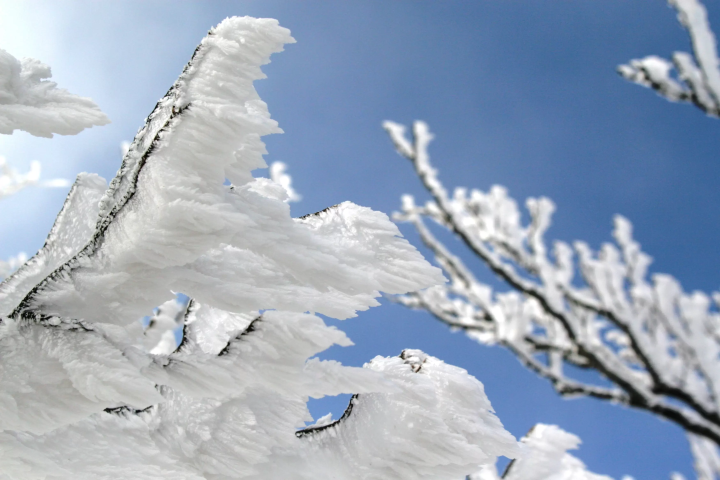
![[Latest] Complete Guide to atmos Exclusive Sneakers and Special Edition Models | Apparel and Upcoming Releases](https://resources.matcha-jp.com/resize/720x2000/2025/12/12-252706.webp)